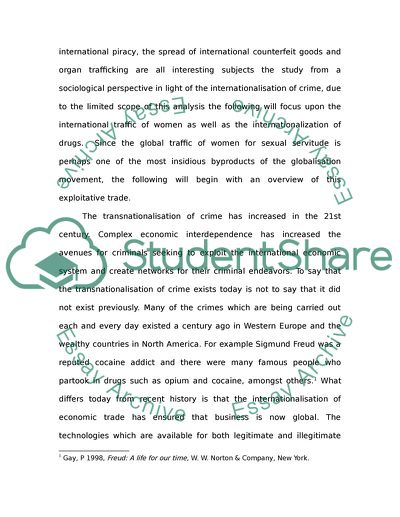Cite this document
(“Evaluate the argument that global crime has grown significantly over Essay”, n.d.)
Evaluate the argument that global crime has grown significantly over Essay. Retrieved from https://studentshare.org/miscellaneous/1559123-evaluate-the-argument-that-global-crime-has-grown-significantly-over-the-last-two-decades-and-outline-any-impact-of-globalisation-process
Evaluate the argument that global crime has grown significantly over Essay. Retrieved from https://studentshare.org/miscellaneous/1559123-evaluate-the-argument-that-global-crime-has-grown-significantly-over-the-last-two-decades-and-outline-any-impact-of-globalisation-process
(Evaluate the Argument That Global Crime Has Grown Significantly over Essay)
Evaluate the Argument That Global Crime Has Grown Significantly over Essay. https://studentshare.org/miscellaneous/1559123-evaluate-the-argument-that-global-crime-has-grown-significantly-over-the-last-two-decades-and-outline-any-impact-of-globalisation-process.
Evaluate the Argument That Global Crime Has Grown Significantly over Essay. https://studentshare.org/miscellaneous/1559123-evaluate-the-argument-that-global-crime-has-grown-significantly-over-the-last-two-decades-and-outline-any-impact-of-globalisation-process.
“Evaluate the Argument That Global Crime Has Grown Significantly over Essay”, n.d. https://studentshare.org/miscellaneous/1559123-evaluate-the-argument-that-global-crime-has-grown-significantly-over-the-last-two-decades-and-outline-any-impact-of-globalisation-process.


